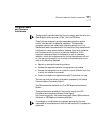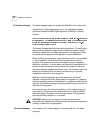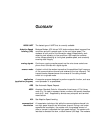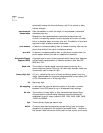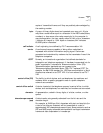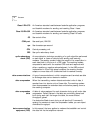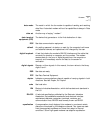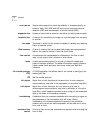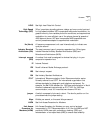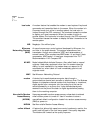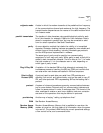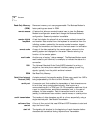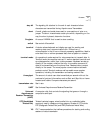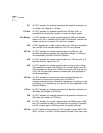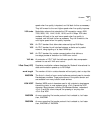
G
LOSSARY
11
stop bit
The signaling bit attached to the end of each character before
characters are transmitted during Asynchronous Transmission.
shunt
A small, plastic-and-metal piece used to cover sections of pins on a
jumper. The shunt interconnects certain pins which, depending on the
way the shunt is placed, determine functions.
S-register
An area of NVRAM that is used to store a setting.
switch
See central office switch.
terminal
A device whose keyboard and display are used for sending and
receiving data over a communications link. Differs from a
microcomputer in that it has no internal processing capabilities. Used to
enter data into or retrieve processed data from a system or network.
terminal mode
An operational mode required for microcomputers to transmit data. In
Terminal mode the computer acts as if it were a standard terminal such
as a teletypewriter, rather than a data processor. Keyboard entries go
directly to the modem, whether the entry is a modem command or
data to be transmitted over the phone lines. Received data is output
directly to the screen. The more popular communications software
products control Terminal mode as well as enable more complex
operations, including file transmission and saving received files.
throughput
The amount of actual user data transmitted per second with-out the
overhead of protocol information such as Start and Stop bits or frame
headers and trailers. Compare characters per second.
transmission rate
See it rate.
UART
See Universal Asynchronous Receiver/Transmitter.
Universal
Asynchronous
Receiver/Transmitter
(UART)
A computer chip that controls the signaling that goes on through a
computer's serial port.
UTP (Unshielded
Twisted Pair)
Twisted insulated copper wires bundled into an unshielded cable,
commonly used in telephone wiring systems. Grades of UTP include
DTP (Datagrade Twisted Pair) and DIW (Distributed Inside Wire).
V.8
ITU-T recommendation that defines procedures for starting and ending
sessions of data transmission.



